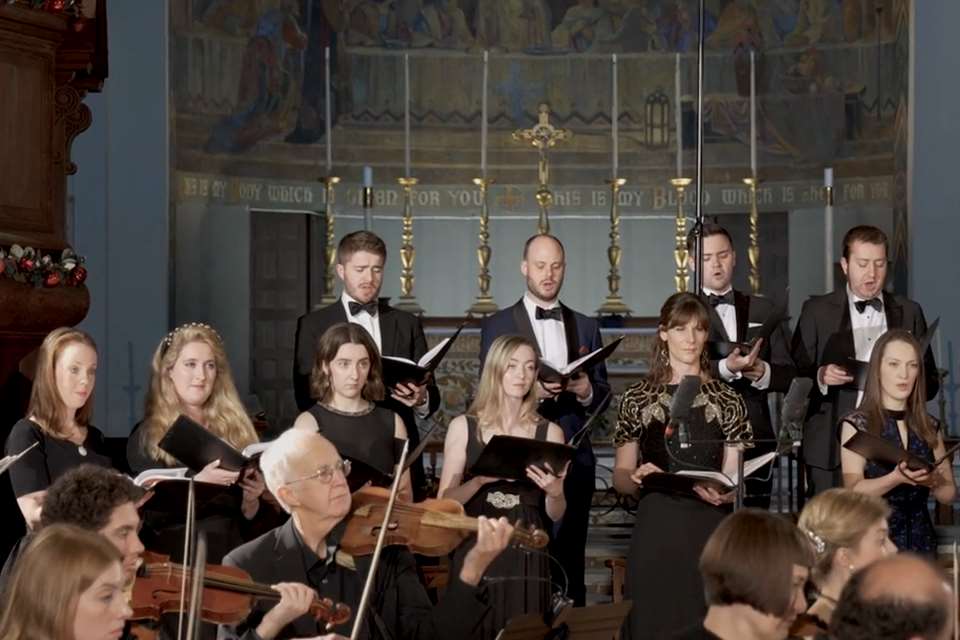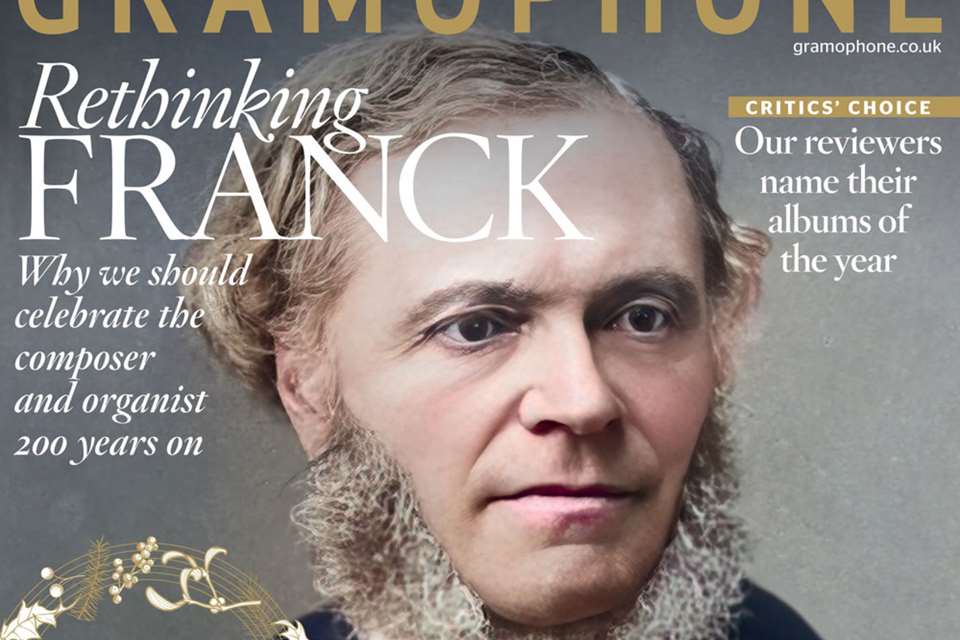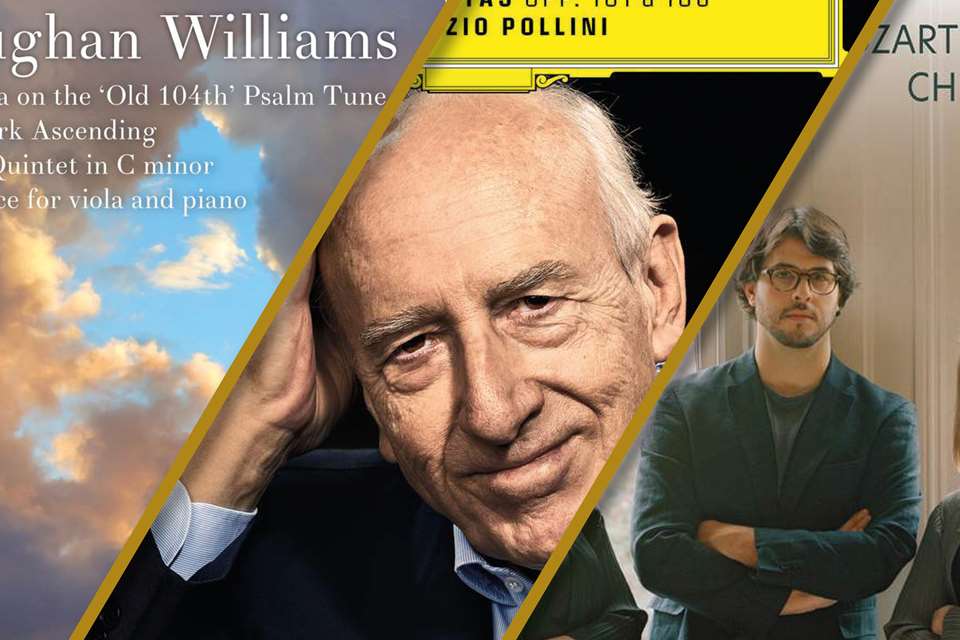Christmas music with a twist
Jack Pepper
Monday, December 5, 2022
Jack Pepper curates a playlist of the best arrangements of festive favourites from carols to jazz hits
Register now to continue reading
Thanks for exploring the Gramophone website. Sign up for a free account today to enjoy the following benefits:
- Free access to 3 subscriber-only articles per month
- Unlimited access to our news, podcasts and awards pages
- Free weekly email newsletter











